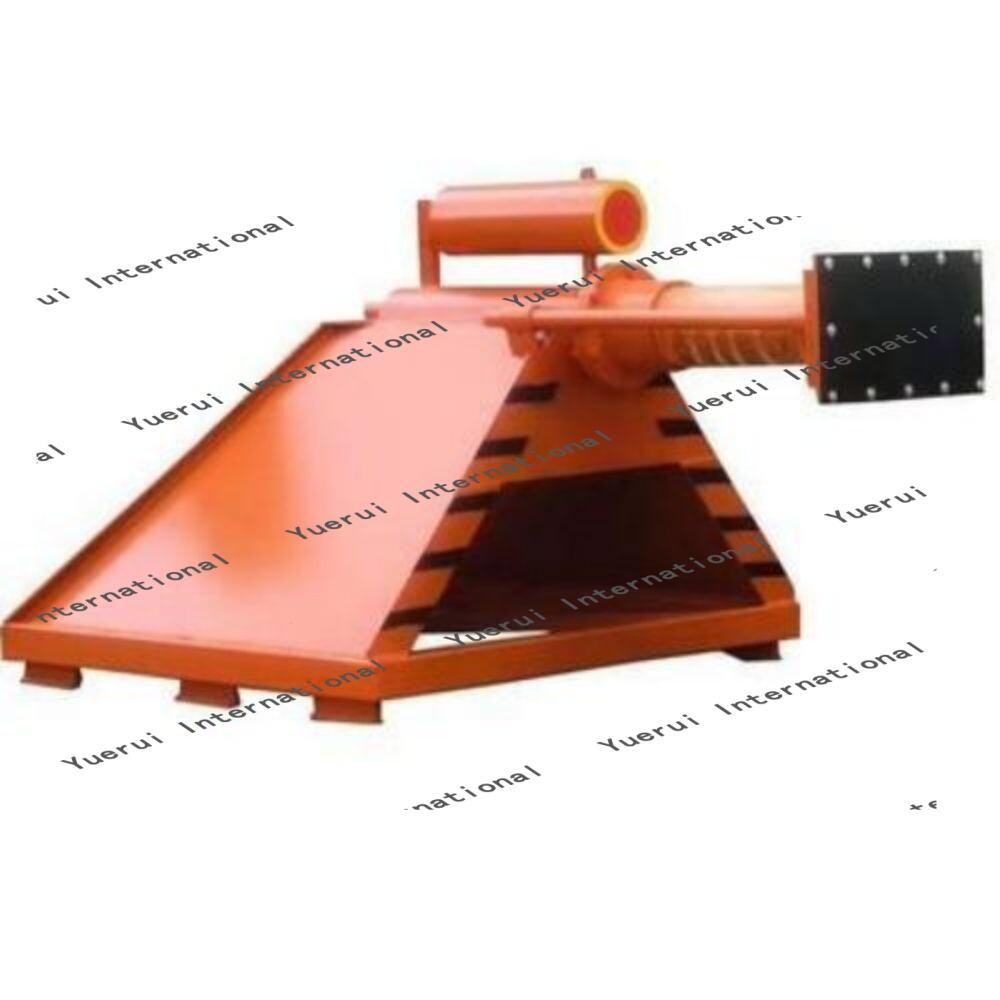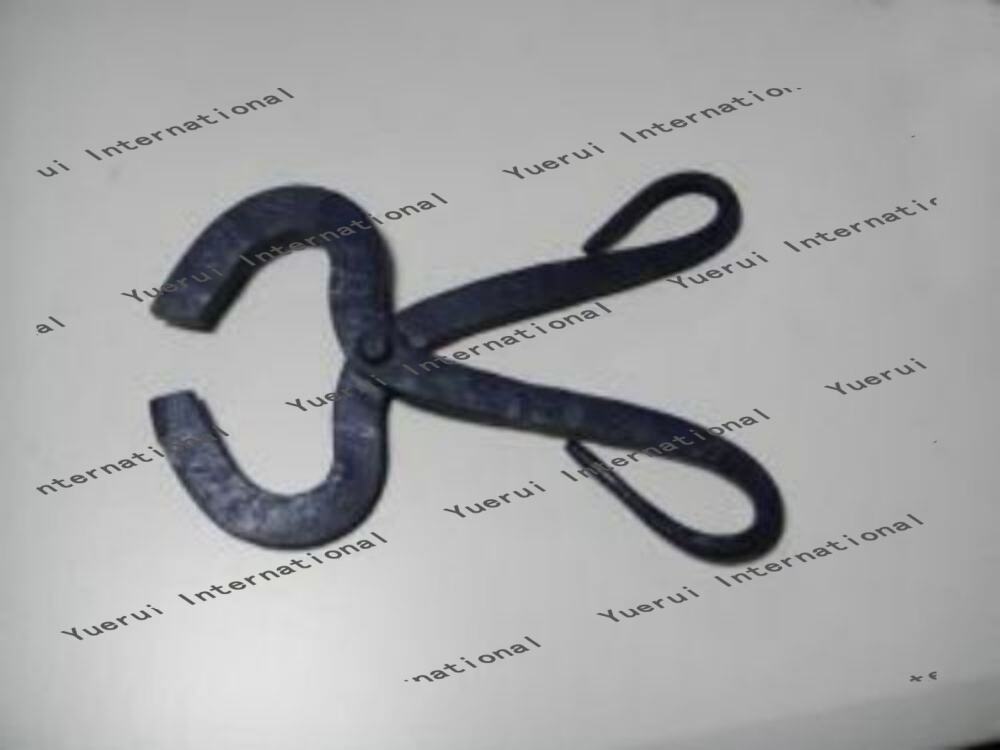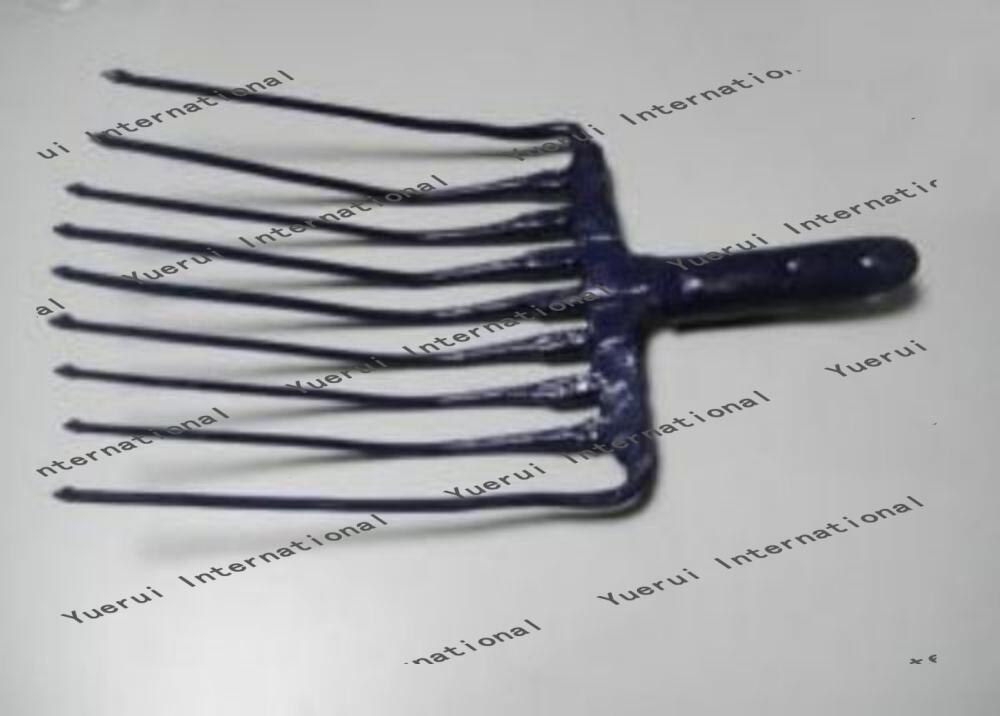rail tools and solutions
Rail tools and solutions represent a comprehensive suite of advanced equipment and technologies designed to optimize railway operations, maintenance, and safety protocols. These sophisticated systems integrate cutting-edge sensors, digital monitoring capabilities, and precision measurement instruments to ensure optimal track conditions and rolling stock performance. The solutions encompass everything from track geometry measurement systems and rail flaw detection equipment to sophisticated software platforms for data analysis and predictive maintenance. Modern rail tools utilize artificial intelligence and machine learning algorithms to analyze track conditions, identify potential issues before they become critical, and recommend maintenance schedules. These systems can simultaneously monitor multiple parameters including rail wear, track alignment, gauge measurement, and surface quality. Additionally, they incorporate real-time monitoring capabilities that allow maintenance teams to respond promptly to emerging issues. The solutions also include specialized equipment for track construction, maintenance, and repair, such as rail grinders, tamping machines, and ballast cleaning systems. These tools are designed to meet rigorous safety standards while maximizing efficiency and minimizing disruption to regular rail operations.


